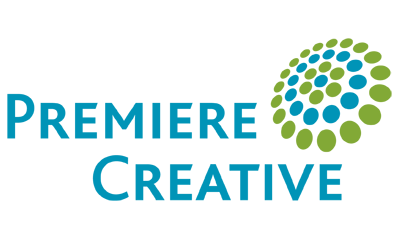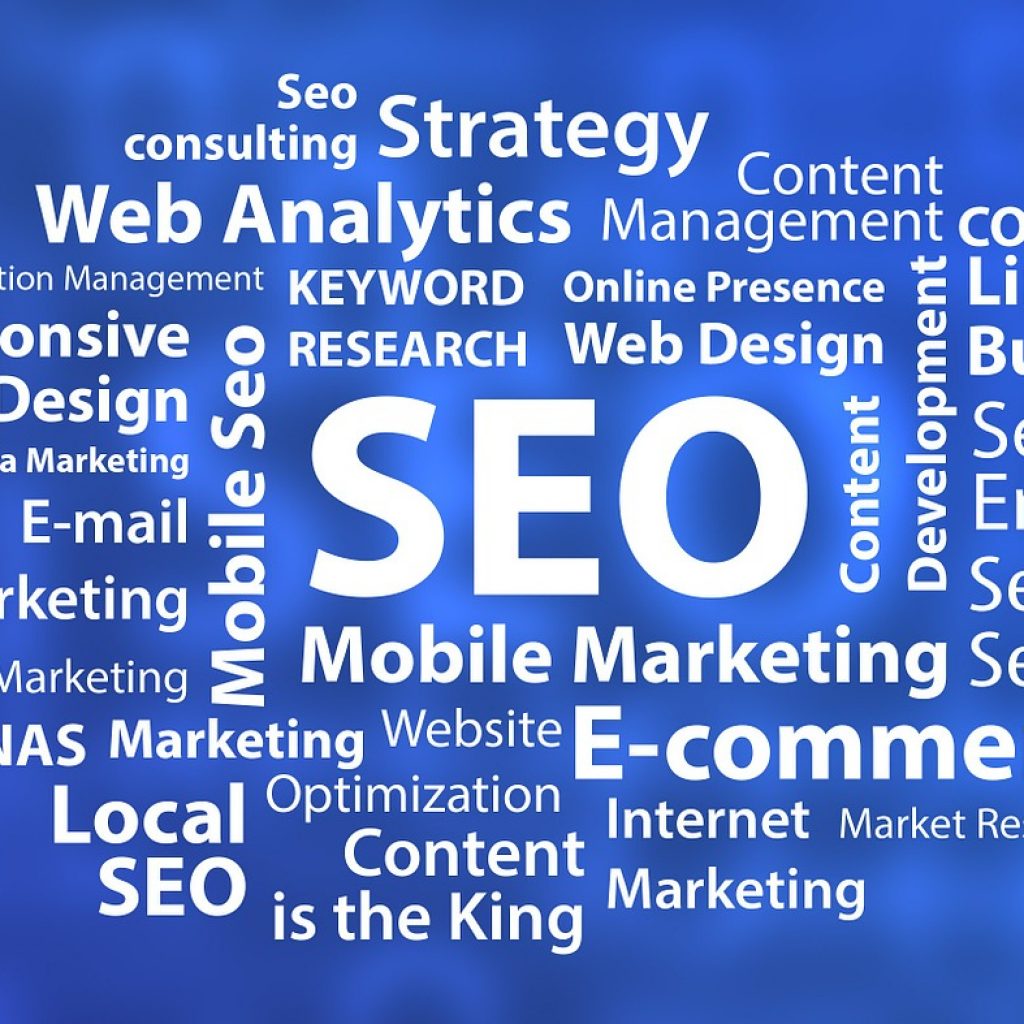Search engine optimization (SEO) is the process of improving your website to increase its visibility when people do an online search for products or services related to your business. SEO work increases the quantity and quality of traffic that comes to your site through organic search engine results. With many steps and a complicated framework, the SEO process may seem daunting to some marketers.
While there is no denying that search engine optimization is a complex, multifaceted process, understanding some of the basic terms and jargon will significantly increase your knowledge and understanding of SEO. More importantly, you can harness this basic knowledge to take your SEO efforts to the next level.
Search Engine Optimization Terms to Master
ALT Text – short for “alternative text”; a short description of an image on your site’s HTML. Search engines cannot crawl through an image, so they scan an image’s ALT text instead.
Anchor Text – clickable text in an HTML hyperlink. When inserting a link into a body of text, the anchor text is the word or phrase with the hyperlink.
Authority – the measurement of a website’s strength, which can be built up over time through backlinks and other SEO practices.
Black Hat SEO – deceptive practices used to increase a page’s rank in search engines by violating and breaking the rules of the search engine.
Blog – a regularly updated section of a site with helpful tips or insightful news updates. Most copywriters typically write these articles conversationally or informally.
Bots – automated programs designed to quickly index, collect, and analyze website information. Bots perform tasks quicker than a human is capable of doing.
Breadcrumb – website links that allow users to track where they are on a site and how far they are from the homepage, usually displayed at the top of the website.
Click-Through Rate – CTR is the rate that users click on a website from organic or paid search results. It is the percentage of people who click on your ad after seeing it.
Crawling – how search engines explore the web and index online pages. It is the first part of having a search engine recognize your page and show it in search results.
Domain – the main web address of your website.
HTML – the HyperText Markup Language, or HTML, is the basic scripted language of your site that search engines read.
Inbound Link – a link coming from another site to your own. These will significantly improve your SEO. They are also known as backlinks because they link back to your website.
Javascript – often abbreviated as JS, this is a programming language that enables you to apply different effects and changes to the content of your website as users go through it. Javascript is used to add dynamic and interactive elements to websites.
Keyword – a word that a user enters into a search engine, also known as search queries. Keywords can help selected pages rank higher on related search queries.
Landing Page – an optimized page on your site that serves as the first page a user views in an online campaign.
Link Building – the process of increasing the number and quality of inbound links to a webpage to improve keyword ranking on search engines
Long Tail Keyword – a phrase generally made from three to five words that are more specific than generic terms. These keywords enable you to attract more high-quality traffic to your site.
Metadata – the data that tells search engines what your site is about.
Outbound Link – links to an external site from your website. They direct users away from your site, sending traffic externally to another one.
PageRank – an algorithm used by Google Search to rank web pages in their search engine results. PageRank (PR) indicates how good your overall SEO is by measuring the importance of website pages. It works by counting the number and quality of links to a page to determine how important that site is.
Ranking Factor – the criteria applied by a search engine to determine where to rank pages. There are multiple ranking factors, such as content, backlinks, page speed, and more.
Search Volume – a metric that shows how many people are searching for a specific query. It is measured separately for each keyword.
SERP – the SERP, or Search Engine Ranking Page, is the page that a search engine supplies after someone types in a search query. A SERP usually has ten results on it, although the final count may vary due to Google ads appearing on these pages.
Spider – also known as a web crawler; a type of bot that browses the internet and collects information about websites. They exist to index the content of websites across the internet so they can appear in search engine results.
URL – a Uniform Resource Locator is the address of a web page.
White Hat SEO – any approved practice that improves your search rankings on a SERP. These methods also maintain the integrity of your site and align with a search engine’s requirements.
Put Your SEO Knowledge to the Test
With a deeper understanding of some basic SEO terms, you can launch the next stage of your SEO strategy. Never forget that search engine optimization is a never-ending process that may require updates every few months.
Familiarizing yourself with SEO and developing a thorough strategy for improvement is vital to your website’s survival rate online. With millions of competitors looking to rank higher than you, you will need to incorporate a complex SEO strategy to gain the visibility and ranking necessary to succeed.
Premiere Creative has extensive experience in SEO with trained search engine professionals. Contact us by dialing (973) 346-8100 to leverage our digital marketing expert’s full range of SEO skills to improve your search engine ranking.

